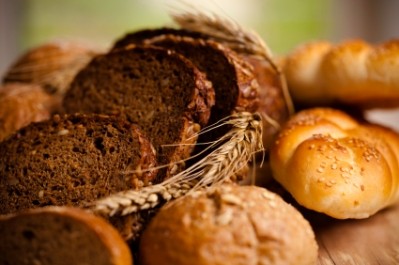Resistant starch ‘dose’ controls satiety effects: Study
Researchers from the University of Toronto also found that resistant starch increased satiety and reduced food intake after two hours, and is said to be the the first time that resistant starch content alone has been shown to correlate with a satiety benefit.
According to findings of a randomized, crossover, two-part study published in the American Journal of Clinical Nutrition, consumption of a whole grain corn flour with a resistant starch content of 66 per cent reduced cumulative food intake by 15 per cent, compared to a high glycaemic control.
The study used National Starch’s Hi-Maize ingredient, which is derived from corn, and the company co-funded the study along with the Natural Sciences and Engineering Research Council of Canada.
In addition, Hi-maize ingredients with 48 and 39 per cent resistant starch both reduced food intakes by 7 per cent, added the researchers.
“This study suggests that the resistant starch content of starch-based fiber ingredients should be utilized as a predictive model in designing foods for enhanced satiety,” said lead researcher G. Harvey Anderson, a professor in Toronto’s Department of Nutritional Sciences.
Starch types
Starches can be divided into three groups: rapidly digestible starch (RDS, digested within 20 minutes), slowly digestible starch (SDS, digested between 20 and 120 minutes), and resistant starch (RS). The latter is not digested but is fermented in the large intestine and has 'prebiotic' properties.
Resistant starch can be found naturally in cold cooked potatoes, pasta and rice as well as baked beans and lentils.
Welcome findings
The results were described as ‘exciting’ by Terry Finocchiaro, PhD, National Starch’s director of nutrition research and development and contributing author of the study, who said that: “The whole grain corn flour containing high levels of resistant starch enhanced satiety more robustly than we had expected or could have predicted based upon the resistant starch content alone.
“It appears that the non-starch components of Hi-maize whole grain corn flour enhance the benefits of resistant starch to produce even stronger satiety benefits.”
Study details
Prof Anderson and his co-workers performed two separate studies. For the first one, they recruited 16 men, and measured their glycaemic and satiety responses 30 minutes after consumption of one of five test soups: At one week intervals the participants conumed soup containing 50 g maltodextrin, whole-grain, high-amylose, or regular cornstarch or no added starch. Results showed that the high glycemic control boosted satiety at 30 minutes but did not reduce cumulative food intake. However, ingredients with high resistant starch content had no effect on satiety or food intake at 30 minutes.
Seventeen men participated in the second study, which measured glycaemic and satiety responses two hours after soup consumption. In this instance, resistant starch correlated with satiety and reduced food intake.
Indeed, the Hi-maize whole grain corn flour (66 per cent RS) reduced food intake by 15 per cent, while Hi-maize 260 (48 per cent RS) and uncooked cornstarch (39 per cent RS) reduced food intakes by 7 per cent
“We found that estimates of the resistant starch content predicted the effect on blood glucose concentrations and subsequent food intake, while the dietary fiber content of these particular ingredients did not,” said Anderson.
Source: American Journal of Clinical Nutrition
Published online ahead of print, doi: 10.3945/ajcn.2009.28443
“Relation between estimates of cornstarch digestibility by the Englyst in vitro method and glycemic response, subjective appetite, and short-term food intake in young men”
Authors: G.H. Anderson, C.E. Cho, T. Akhavan, R.C. Mollard, B.L. Luhovyy, E.T. Finocchiaro
















